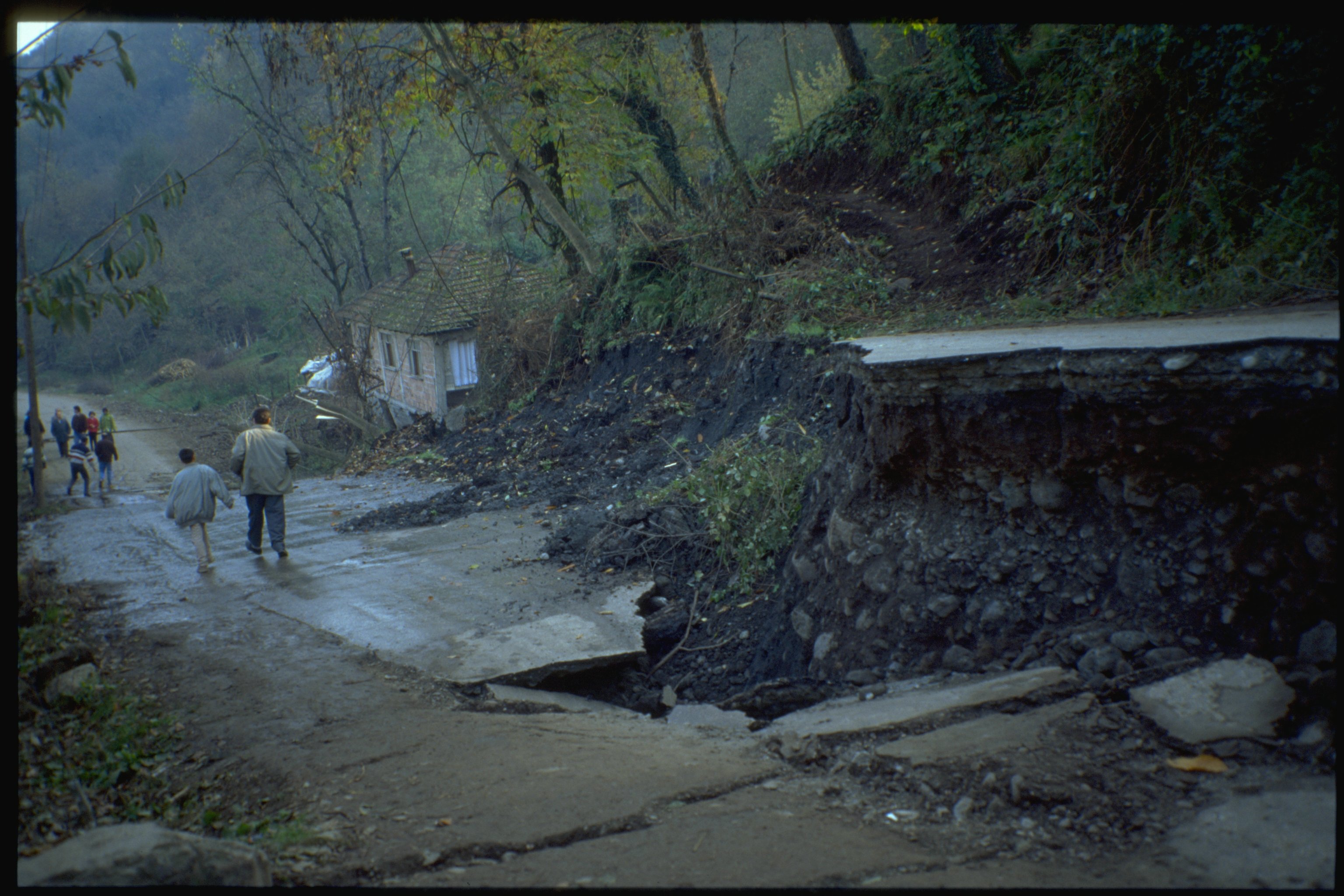All Categories
Featured
Table of Contents
Recent Advances In Optimized Geophysical Survey Design in Mariginup Aus 2020

The main design for the radial structure of the interior of the Earth is the initial recommendation Earth design (PREM). Some parts of this design have been upgraded by current findings in mineral physics (see post-perovskite) and supplemented by seismic tomography. The mantle is primarily composed of silicates, and the borders between layers of the mantle are constant with phase transitions.

This makes plate tectonics possible. Schematic of Earth's magnetosphere. The solar wind circulations from left to right. If a planet's electromagnetic field is strong enough, its interaction with the solar wind forms a magnetosphere. Early area probes drawn up the gross dimensions of the Earth's magnetic field, which extends about 10 Earth radii towards the Sun.
Inside the magnetosphere, there are fairly thick regions of solar wind particles called the Van Allen radiation belts. Geophysical measurements are typically at a specific time and place.
Geophysical Survey And Investigations in Shenton Park WA 2023
A three-dimensional position is calculated using messages from 4 or more noticeable satellites and described the 1980 Geodetic Reference System. An option, optical astronomy, combines huge collaborates and the regional gravity vector to get geodetic coordinates. This technique just supplies the position in two collaborates and is harder to utilize than GPS.
Relative positions of 2 or more points can be figured out utilizing very-long-baseline interferometry. Gravity measurements ended up being part of geodesy due to the fact that they were required to related measurements at the surface area of the Earth to the reference coordinate system. Gravity measurements on land can be used gravimeters deployed either on the surface area or in helicopter flyovers.
, which are studied through geophysics and space physics.
Bsc Geophysics in Cannington Australia 2020

Because geophysics is worried with the shape of the Earth, and by extension the mapping of functions around and in the world, geophysical measurements include high accuracy GPS measurements. When the geophysical measurements have been processed and inverted, the interpreted results are outlined using GIS.
Numerous geophysics business have actually designed in-house geophysics programs that pre-date Arc, GIS and Geo, Soft in order to meet the visualization requirements of a geophysical dataset. Expedition geophysics is used geophysics that often uses remote sensing platforms such as; satellites, airplane, ships, boats, rovers, drones, borehole noticing devices, and seismic receivers.
For example, aeromagnetic data (airplane collected magnetic information) gathered using standard fixed-wing airplane platforms need to be corrected for electro-magnetic eddy currents that are created as the aircraft moves through Earth's electromagnetic field. There are also corrections associated with modifications in determined prospective field intensity as the Earth turns, as the Earth orbits the Sun, and as the moon orbits the Earth.
Geophysicist - Salary, How To Become, Job Description & ... in Singleton Western Australia 2021
Signal processing involves the correction of time-series information for unwanted sound or errors presented by the measurement platform, such as airplane vibrations in gravity information. It also includes the reduction of sources of noise, such as diurnal corrections in magnetic information. In seismic data, electro-magnetic information, and gravity data, processing continues after error corrections to include computational geophysics which result in the last analysis of the geophysical information into a geological interpretation of the geophysical measurements Geophysics became a different discipline only in the 19th century, from the intersection of physical geography, geology, astronomy, meteorology, and physics.
The magnetic compass existed in China back as far as the 4th century BC. It was utilized as much for feng shui as for navigation on land. It was not until good steel needles could be created that compasses were utilized for navigation at sea; prior to that, they could not retain their magnetism enough time to be beneficial.
By taking a look at which of eight toads had the ball, one might identify the instructions of the earthquake. It was 1571 years before the very first design for a seismoscope was released in Europe, by Jean de la Hautefeuille. It was never built. One of the publications that marked the start of contemporary science was William Gilbert's (1600 ), a report of a series of careful experiments in magnetism.
Marine Geophysical Surveying - in Lesmurdie Oz 2023
Geochemistry, Geophysics, Geosystems. National Aeronautics and Area Administration. Recovered 13 November 2018.
Runcorn, S.K, (editor-in-chief), 1967, International dictionary of geophysics:. Pergamon, Oxford, 2 volumes, 1,728 pp., 730 fig Geophysics, 1970, Encyclopaedia Britannica, Vol. Introduction to seismology (Second ed.).
Latest Posts
Geophysical Survey Methods in Western Australia 2021
Geophysicist Salary in Wembley Downs Aus 2021
Bsc Geophysics in Safety Bay WA 2023